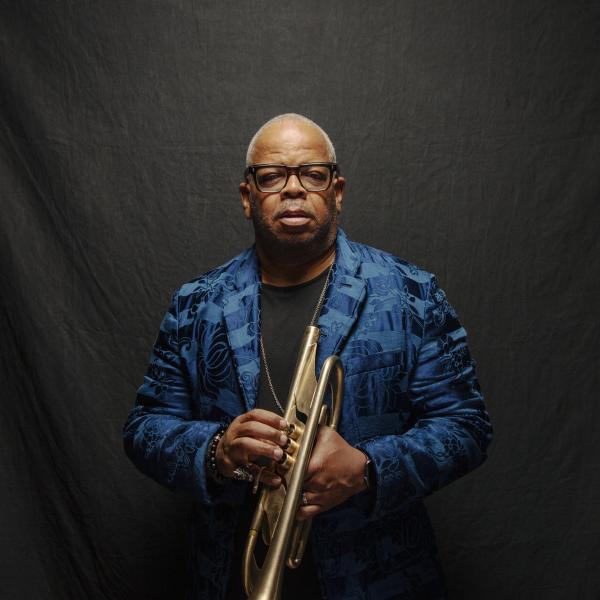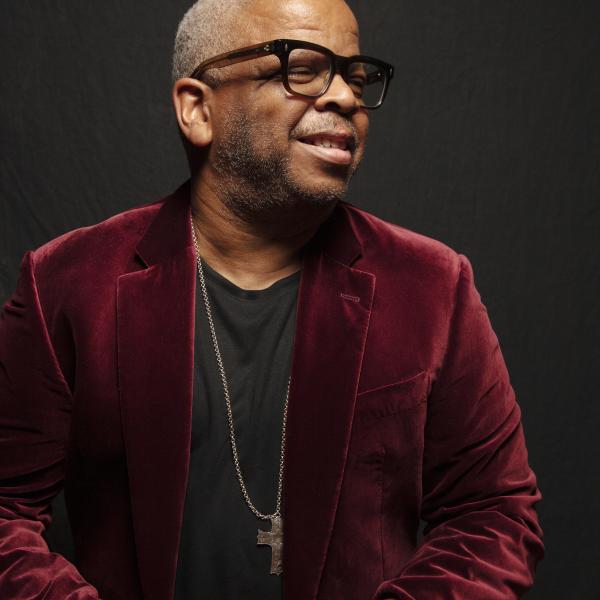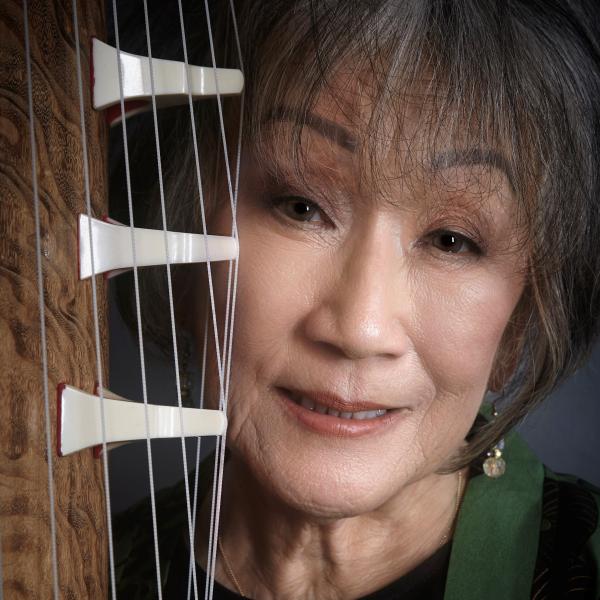Quick Study: December 16, 2021
Jo Reed: Welcome to “Quick Study,” the monthly podcast from the National Endowment for the Arts. This is where we’ll share stats and stories to help us better understand the value of art in everyday life. I’m co-piloting “Quick Study” with Sunil Iyengar. He’s the Director of Research & Analysis here at the Arts Endowment. Hi, Sunil.
Sunil Iyengar: Hey, Jo.
Jo Reed: Sunil, you’re discussing another research project about music, but this one is quite different from the previous paper about music we discussed in the last episode.
Sunil Iyengar: That’s right, Jo. Last time I discussed a study about how music listening preferences can spread across populations and how some UK researchers showed that the transmission patterns of those preferences can be similar to how we think of viral spread in a public health context. For this episode, I want to reference another study about personal music preferences in the COVID-19 era, but this one explores how at the height of the shutdown and shelter-in-place rules around the world last year, people turned to music for different purposes to get themselves through it all.
Jo Reed: <laughs> Well, that rings true. Tell me about the study.
Sunil Iyengar: This paper was published in the journal Frontiers in Psychology over the summer. It’s an international study. Researchers based in France, the U.S., Canada and Spain conducted surveys of nearly a thousand people in the U.S., Spain and Italy between May and June of 2020. They asked what kinds of music-related activity were folks doing under confinement. This is all admittedly self-reported data. The people taking the survey were asked about how they used music and other activities to cope with the pandemic and its indications, and they took special questionnaires so researchers could gauge whether and how these people were using music as an emotional regulations strategy and what kinds of rewards they derive from music participation.
Jo Reed: I’m going to take a leap here and say they found that people were listening to more music.
Sunil Iyengar: You’d be right, Jo. The survey takers reported more listening to music than before the pandemic, particularly to music they characterized as happy, and they also reported listening more to new music, and interestingly, to music from their childhood. Listening to happy music was positively linked with attitudes toward emotional regulation.
Jo Reed: Hold on. What is emotional regulation? What does that mean?
Sunil Iyengar: Yeah. So folks who listen to happy music more during the pandemic were also likely to report using music to regulate their emotions during the pandemic, which means using music to improve mood or mitigate worries. Listeners of sad music, however, were generally younger people and those for whom the social rewards music were particularly important.
Jo Reed: I see. Did the study look at people who played music? I mean, I wonder if actually making music increased as well?
Sunil Iyengar: Yes, it did. As for music making, people reported singing more than before the pandemic. Jo, you’ll remember all those pictures when the pandemic broke of people singing from Italian balconies, so that was going on. However, they spent less time dancing or composing or creating music. Neither singing nor dancing was associated with emotional regulation, but playing and composing music did correlate with a higher sense of social reward. The study also found that people who were more worried about the consequences of COVID-19 did music-related activities specifically to experience positive feelings, according to the researchers. By contrast, people who were especially worried about contracting COVID-19 themselves or their family or friends getting it, were more likely to engage with music as a way to deal with a lack of social interaction.
Jo Reed: This all makes sense to me. The idea that music can be used to cope with stress or social or emotional trauma certainly isn’t new, so I wonder how the study fits into other research about the way we use music, the benefits of music beyond the aesthetic ones.
Sunil Iyengar: That’s right. The study just adds to a litany of others that have shown over times, sometimes at the neuroscientific or physiological level even, how music making and music exposure under the right circumstances can heal. These studies are logged by an online clearing house, the Sound Health Network, which NEA has set up with the University of California, San Francisco. That’s soundhealth.ucsf.edu. But this recent study shows how in a real-world situation that everyone can relate to, the height of the pandemic in 2020, music mattered so much to so many around the world. The researchers claimed to, quote “provide converging evidence that music can be employed as an accessible, effective, non-invasive, intercultural tool for helping people in dealing with their worries, feeling better, and reducing social isolation,” end quote. They also suggest that the study can help health practitioners determine which specific musical activities can be tailored to which, quote “individual psychological profile, potentially leading to more fine-grained personalized and suitable interventions.” So that’s kind of code for precision medicine that’s, you know, something that’s catching on very quickly, but also social prescribing, which is-- has been taken up by many other countries.
Jo Reed: This is fascinating, and I know it’s a topic we’ll return to because it’s such a rich exploration for researchers.
'Sunil Iyengar: Yes, and I look forward to sharing more with you, Jo.
Jo Reed: As do I. Sunil, thank you.
Sunil Iyengar: Thank you, Jo.
Jo Reed: That was Sunil Iyengar. He’s Director of Research & Analysis here at the National Endowment for the Arts. You’ve been listening to “Quick Study.” The music is “We Are One,” from Scott Holmes Music. It’s licensed through Creative Commons. Until next month, I’m Josephine Reed. Thanks for listening.
In this episode of Quick Study, we consider how music-listening and music-making were affected by the pandemic, and how these activities helped people better to cope with their emotions.




